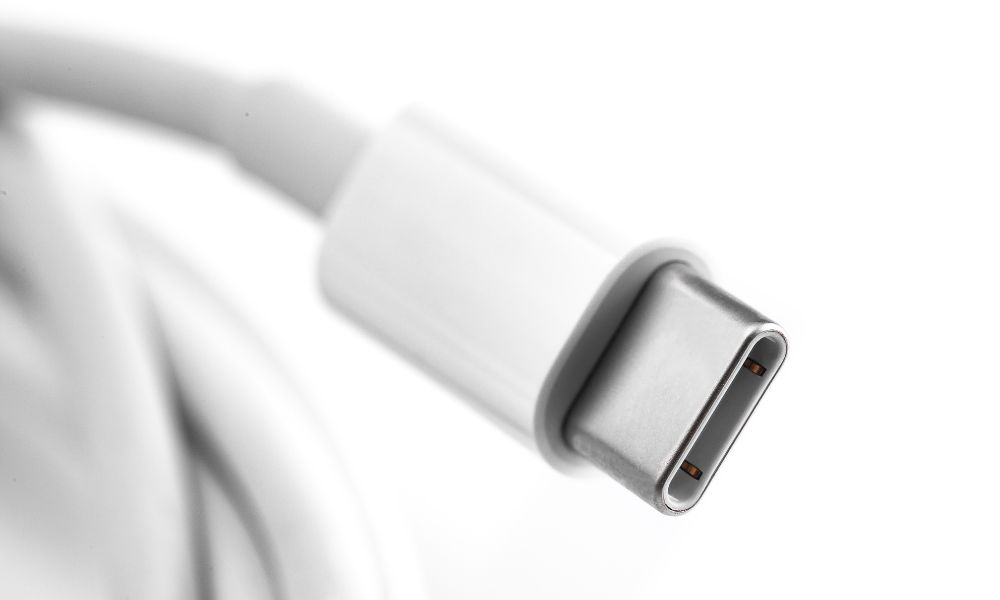
The world of connectivity is ever-evolving, and with the steady flow of technological advancements, it’s tough to keep up with the changes. You may have come across mentions of USB4 and USB-C in your search and want to know how they differ. Discover the differences between USB4 and USB-C to make the best purchase.
Understanding USB-C: More Than Just a Connector
USB-C is a versatile connector introduced in 2014. Note that USB-C is not standard like USB4. Rather, this universal connector is compatible with various standards, such as USB 3.0, USB 3.1, and even USB4.
What makes USB-C so appealing is its sleek, reversible design. Gone are the days of fumbling with a cable to find the right orientation. USB-C has no “wrong side,” making connections simple.
Another perk of USB-C is its ability to support various functions, including data transmission, charging, and video output. This versatility has led to USB-C cables increasing in popularity among manufacturers, making it the connector of choice for many modern devices like smartphones, laptops, and tablets.
Enter USB4: The Latest and Greatest Standard
Unlike USB-C, USB4 is a standard and follows specifications set by the Telecommunications Industry Association (TIA) outlining data transfer speeds, power delivery, and more. Released in 2019, USB4 is the most recent addition to the USB family. It has impressive features that set it apart from its predecessors.
One of the key improvements USB4 brings to the table is a significant jump in data transfer speeds. USB4 supports up to 40 Gbps speeds, doubling the maximum rate offered by the USB 3.2 standard. This leap in performance is particularly useful for transferring large files, such as high-resolution videos and large data sets, in mere seconds.
The Power of Thunderbolt Compatibility
USB4 also offers compatibility with Thunderbolt 3 and 4 and connectivity standards developed by Intel that combine data transfer, power delivery, and video display into a single cable.
Thunderbolt 3 and 4 have transfer speeds of up to 40 Gbps and the ability to power devices, like laptops and computers, requiring up to 100W and 15W, respectively. With this compatibility, USB4 opens the door for better connections between devices. It is highly flexible for meeting your connectivity needs.
How USB4 and USB-C Work Together
You might think that USB4’s arrival would spell the end for USB-C. However, that couldn’t be further from the truth. The real difference between USB4 and USB-C is that the latter is a connector, while the former is a standard. In fact, USB4 works with USB-C connectors! USB4 cables sport the sleek, reversible design that USB-C connectors offer, simplifying connectivity for users.
USB4 and USB-C are complementary rather than competing technologies. USB4 expands upon the benefits of the beloved USB-C connector, offering increased data transfer speeds and compatibility with the Thunderbolt 3 standard. As technology advances, we’ll see these platforms work together to deliver even more efficient connections.



